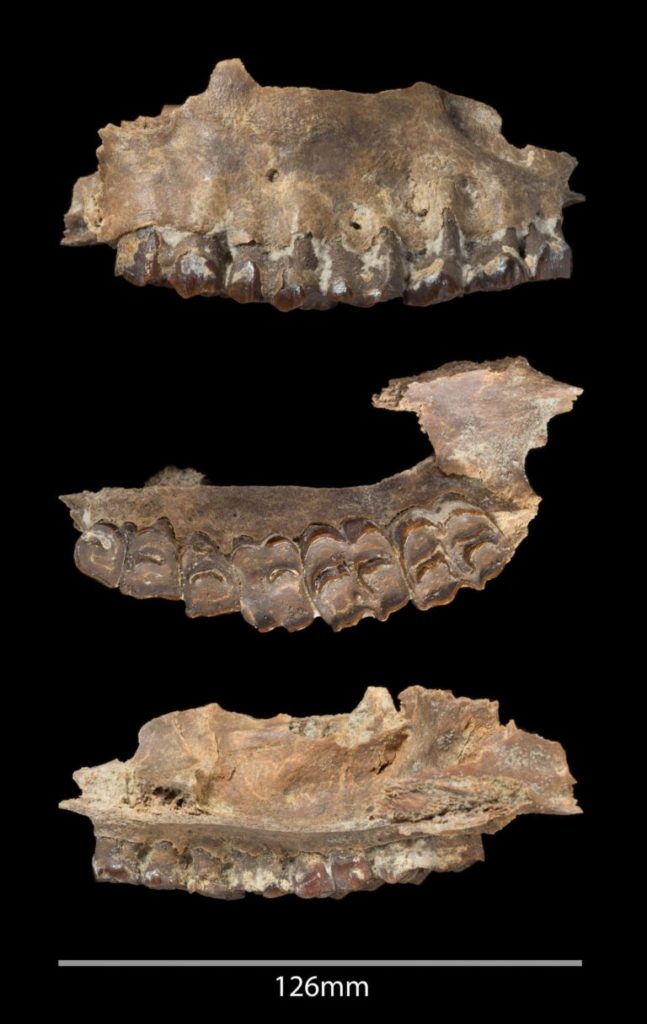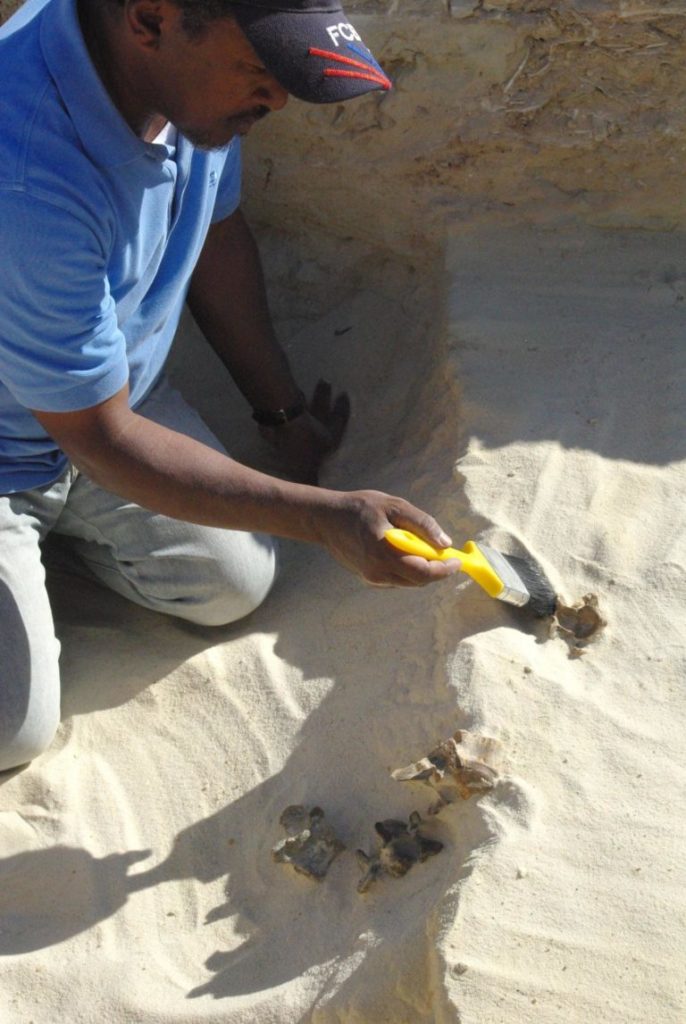Revealing Ancestral Presence in Arabia
"These hominins were encountering things in Arabia that were quite similar to what we think of in the East African savanna today."
"While these early hominin populations may have possessed significant cultural capacities, their movement into this part of the world would not have required adaptations to harsh and arid deserts." "Indeed, the isotope evidence suggests that this expansion is more characteristic of a range expansion similar to that seen among other mammals moving between Africa, the Levant, and Eurasia at this time."
Patrick Roberts, Max Planck Institute, Germany
"I didn't realize this would be the oldest evidence of people in the peninsula and that no one had found anything like this before."
Matthew Stewart, University of New South Wales, Sydney, Australia
"As the savanna expanded, so did humans of this period."
"This makes Ti’s al Ghadah the first, early hominin-associated fossil assemblage from the Arabian Peninsula, demonstrating that our ancestors were exploiting a variety of animals as they wandered into the green interior."
Michael Petraglia, Archaeologist, Max Planck Institute for the Science of Human History
Archaeologists excavating the site of Saffaqah, Saudi Arabia.
Paleodeserts
|
Scientists have discovered what they feel is evidence of early human relatives living 300,000 to 500,000 years ago buried in the Arabian desert. Clues to the Arabian Peninsula's past present as wetter, greener unlike its current state of desertification. An archaeological team led by Michael Petraglia of the Max Planck Institute for the Science of Human History has been uncovering fossils of elephants, antelope and jaguars long extinct, all fleshing out a prehistoric landscape of a savanna with watering holes, not the wasteland of the Arabian desert at present.
Stone flakes are being uncovered that speak of butchered animals, all evidence that early hominins -- extinct members of the Homo genus, likely not of our very species -- were present in the Arabian Peninsula some 100,000 years earlier than previously realized. That is, if all these findings are ultimately confirmed to verify the confidence of this research team in their startling conclusions updating early human existence in what is now the desert of Saudi Arabia.
Published last month in the journal Nature Ecology & Evolution, the study findings suggest early hominins had no need of evolutionary adaptations prior to venturing from Africa into Arabia. The peninsula connecting Africa and Eurasia was thought of as too arid to enable travel by early hominins, but recent findings indicate otherwise; that the region could well have evolved through cycles of dry and lush environmental conditions.
 Mammal fossil recovered from the Ti’s al Ghadah site, Saudi Arabia Photo credit: Palaeodeserts Project (Ian R. Cartwright)
Mammal fossil recovered from the Ti’s al Ghadah site, Saudi Arabia Photo credit: Palaeodeserts Project (Ian R. Cartwright)Dr. Petraglia's team discovered a nearly 90,000-year-old Homo Sapiens finger bone and the team has identified roughly ten thousand ancient, dessicated lakes that were once an integral part of the wet landscape, with the use of satellite imagery. Dr. Petraglia and others had recovered fossils of several extinct mammals from Saudi Arabia's Nefud Desert a few years earlier; a rib bone with cut marks from a sharp tool among them.
Stone flakes, indicating stone tool=making, evidence that hominins had butchered animals with the bones as evidence, were also found by the team. Fossilized teeth from antelope, elephants and ancient horses have been collected as well. The teeth were analyzed by Patrick Roberts who discovered the mammals ate plants associated with grasslands, clearly indicating that conditions there were once more moist.
The fossils could be dated as far back as 500,000 years, while the earliest evidence of Homo sapiens dates to about 300,000 years ago in Morocco, leading the scientists to believe that the hominin responsible for making those bone marks were clearly not Homo sapiens, our more direct ancestors.
 |
| Excavation of mammal fossils at the Ti’s al Ghadah site, Saudi Arabia. Photo credit: Palaeodeserts Project (Michael Petraglia) |
Labels: Hominins, Paleoarchaeology, Saudi Arabia

<< Home